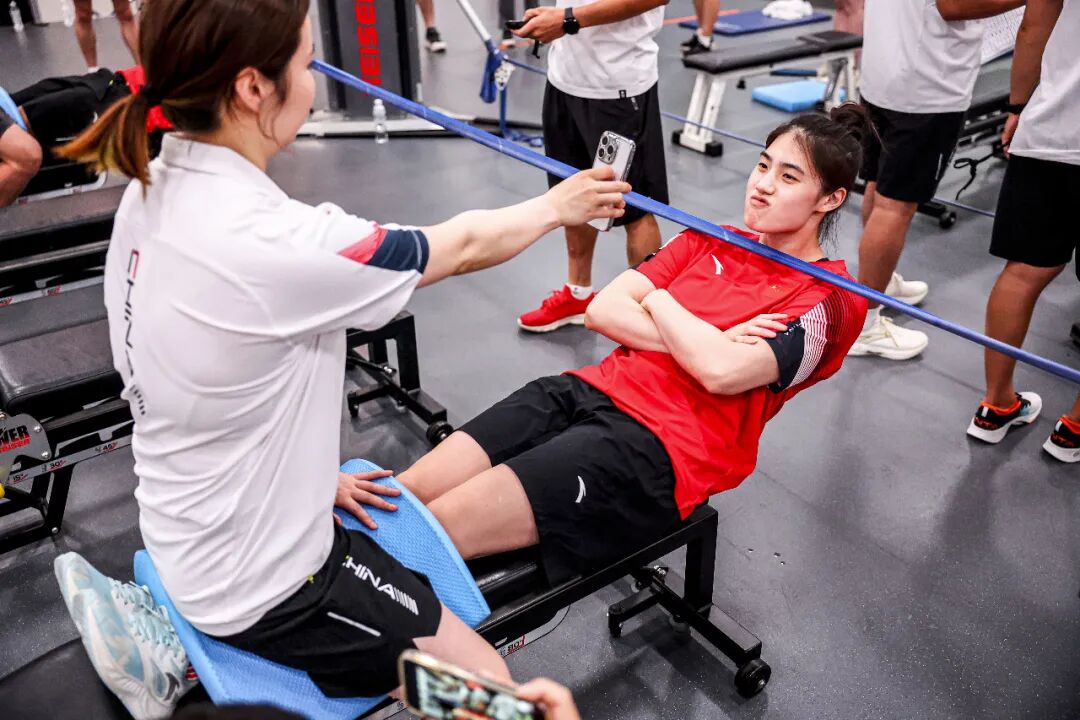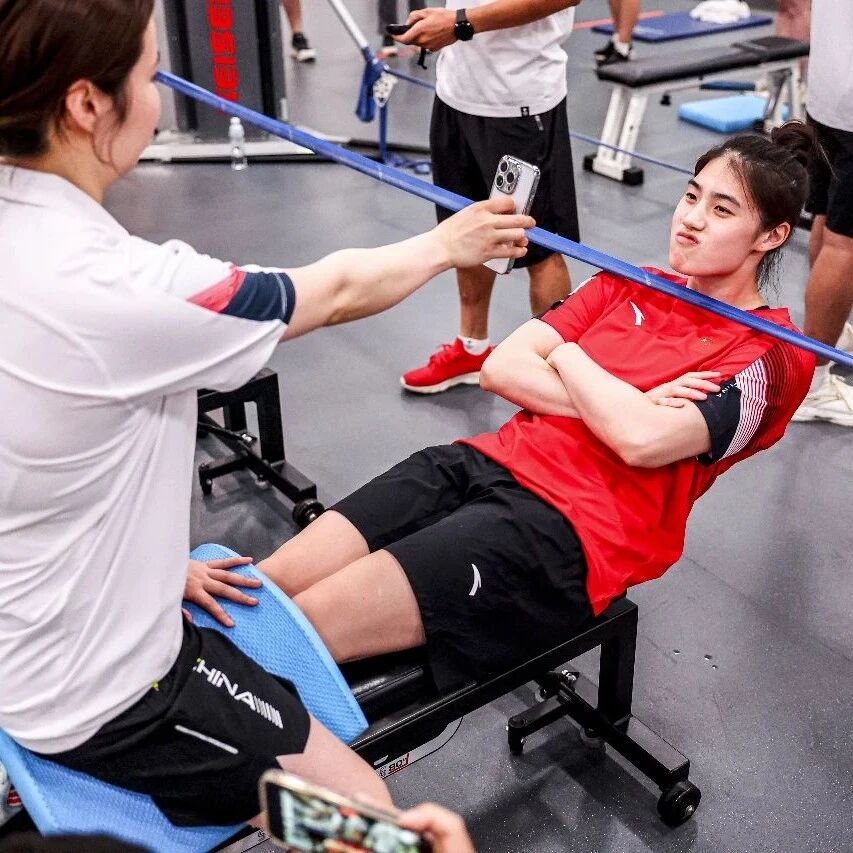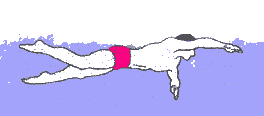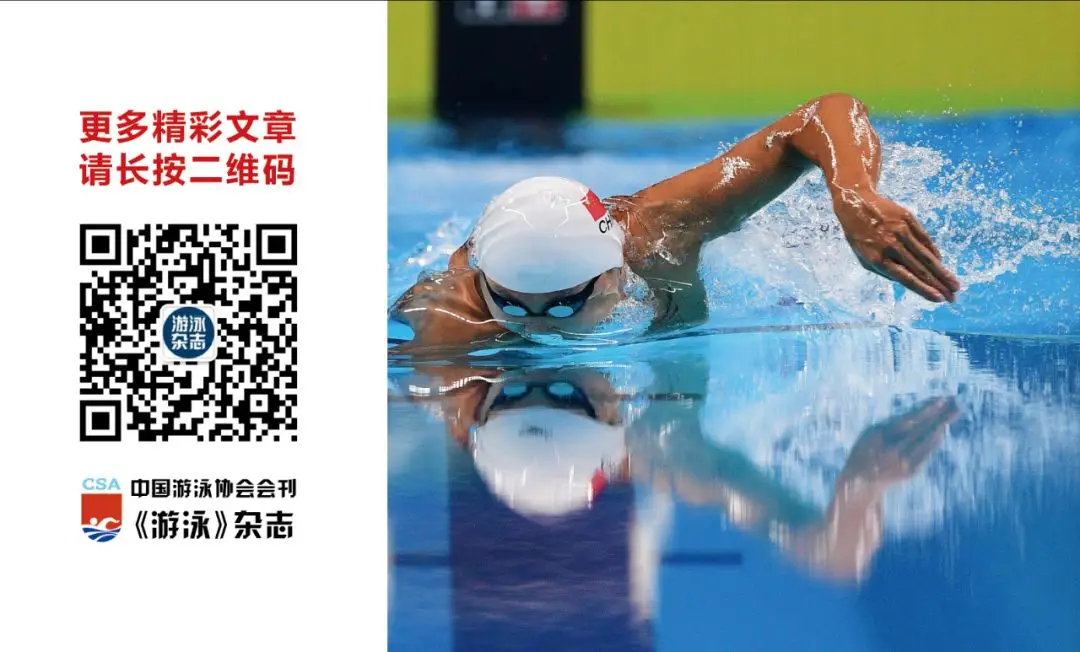Compared to the past, today's youth clearly spend less time on sports, and thanks to the widespread popularity of computers, smartphones, tablets, and video games, their physical fitness is far below that of previous generations.
Today's young people prefer playing with electronic devices over exercising on the playground or sports fields. Traditional sports competitions or even simple running no longer appeal to young people as much as they used to, and nowadays, youngsters tend to focus on just one or two sports rather than trying out all of them.
This makes on-land training more important than ever, as developing athletes' overall athletic abilities has become the coaches' top priority. Coaches aim to nurture swimmers who are well-rounded athletes—people who can excel not just in swimming, but in a variety of sports as well.
Land-Based Training Content and ObjectivesWhen designing year-round, quarterly, monthly, and weekly plans, it is crucial to implement a land-based training program that is purposeful and complementary to the ongoing aquatic training schedule.
Land-based training should include dynamic warm-ups suitable for all ages and fitness levels, along with targeted stretching, weight training, strength and power exercises, as well as flexibility, functional, and stability drills.
Land-based training for age-group teams should be appropriate and progressively structured. The habit of land-based training should be cultivated starting from the youngest age groups.
The primary goal of land-based training is to help athletes boost their confidence, enhance athletic performance, and prevent injuries. Therefore, coaches must have a thorough understanding of the technical movements and exercise routines, ensuring they avoid incorporating training steps or procedures that athletes are unfamiliar with.
Coaches should incorporate athlete team-building activities as part of the land-based training program. Land training typically takes place in a team setting, often making it the most engaging and playful aspect of the session. This allows athletes to explore a variety of land-based exercises and training routines while enjoying themselves—and even finding motivation—in the process.The ultimate result of purposeful on-land training for the team is faster swimming speeds, improved athletic performance and increased confidence among athletes, along with a strong sense of team unity. Additionally, coaches will notice higher training attendance rates across the squad, while athletes experience reduced levels of training-related fatigue. Meanwhile, the coaching staff uses this on-land training time to reinforce positive team and individual behaviors, helping to transform the swim team into a more cohesive and tightly-knit group.Develop a land-based training planThere are numerous ready-made resources, programs, training sessions, and workshops available for coaches to learn how to conduct land-based training—these can be delivered either in person or online. Coaches should approach land training with the same level of meticulous planning they apply to water-based sessions, ensuring that the coaching team maintains a consistent pace of progression across all exercises and team-specific land-training activities.The most effective land-based training should be performed separately, rather than combined with water-based sessions. This is because after completing water training, athletes’ muscles are already fatigued, and engaging in land exercises at this point can compromise proper technique, leading to flawed movements and an increased risk of injury. Conversely, if land training precedes water workouts, athletes may already experience muscle fatigue by the time they enter the water—again negatively impacting their ability to execute correct techniques, which could also result in improper form and a higher likelihood of injury.Coaches need to recognize the importance of developing a comprehensive plan for both land-based and water-based training. By thoughtfully scheduling all land- and water-focused practice sessions, swimmers can effectively reduce joint pain and injury risks—while also significantly enhancing their explosive power. Ultimately, these training strategies will positively impact athletes' start and turn techniques, as well as their overall strength and speed in the water.Land-based training can be highly effective when conducted with a clear plan and purpose—but if it’s treated as an afterthought rather than an integral part of the program, it simply won’t deliver results. Coaches must approach land training with the same rigor and expectations they apply to water-based sessions. It shouldn’t be viewed as optional; instead, swimmers should commit to it consistently to fully unlock its benefits.
Just as they prepare mentally and physically before stepping into the pool, swimmers need to arrive at the land-training facility fully ready—both mentally and physically—and equipped with the right gear. More than just showing up, swimmers must take ownership of these exercises, approaching them with the same level of dedication, enthusiasm, and determination they bring to their pool workouts. After all, cultivating resilience and a strong mindset is essential, as swimmers come to realize that land training is every bit as valuable—and indispensable—as their time in the water.Hard training both in and out of the pool is bound to be challenging, but it helps swimmers achieve their goals more quickly.
TextZhu Xiaoquan, Huang Lin, Ai Ting, Guan Zhixun (Zhejiang Normal University)
Subscribe to Swimming Magazine—right here!👇Submissions are welcome! Please send your manuscripts to the editorial office of *Swimming* magazine at: [email protected]








